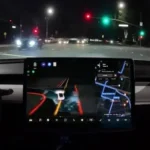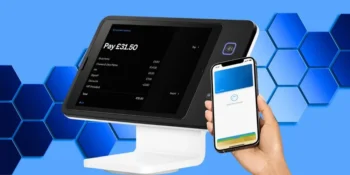Key Points
- Google’s “Daily Listen” feature, part of Search Labs, converts Discover feed content into personalized five-minute podcasts.
- The feature includes audio controls, text transcripts, and clear section markers for convenience.
- Users must opt into Search Labs to access Daily Listen on Android or iOS devices. Based on podcast sections, related stories are provided for further reading.
- Currently available in the US, its wider release is uncertain.
Google has launched a new experimental feature called “Daily Listen” through its Search Labs initiative, allowing users to turn their Discover feed into a personalized podcast. Discover, a curated mobile feed powered by Google’s algorithms, displays articles and videos tailored to users’ interests based on their search activity and other online behaviors. The new feature builds on innovations like NotebookLM, a tool introduced last year that could convert user-provided materials into a podcast featuring two lifelike hosts.
With Daily Listen, Google generates podcast episodes that are approximately five minutes long, offering a concise overview of topics that users typically follow. To access this feature, users must opt into Search Labs by tapping the flask icon in the Google app on Android or iOS devices. Once enabled, the Daily Listen Card will appear below the Search bar. Tapping the card generates a podcast episode with a text transcript and audio controls for easy navigation.
Users can see where each podcast section begins and ends using the audio scrubber, making it convenient to pause, rewind, or skip sections as needed. Feedback options like thumbs up or down allow users to help Google refine the feature.
Scrolling down from the podcast interface reveals related stories grouped by section, providing quick access to additional information. The feature’s design caters to users seeking brief yet comprehensive updates on their interests without requiring extensive reading or browsing.
Daily Listen is now available to users in the United States, though it may take some time for the option to appear for everyone. Google has yet to announce plans for broader regional availability, and the feature’s future depends on user reception and further development.










